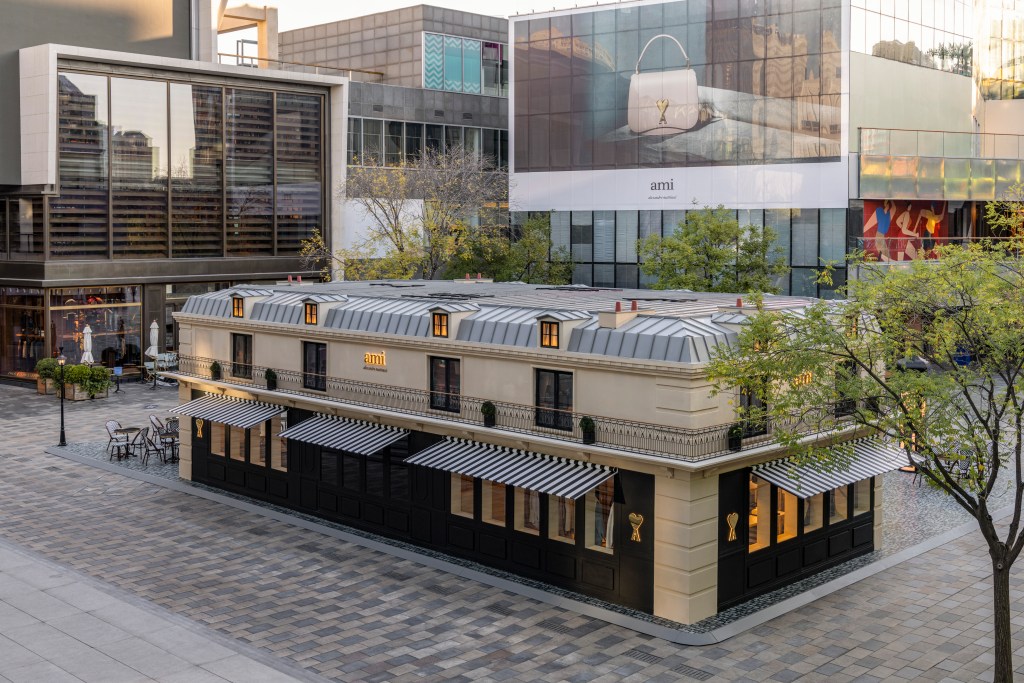U.S. President Donald Trump pushed back the July 9 reciprocal tariff deadline to Aug. 1, although he did announce tariffs of 25 percent starting on that same day for imports from Japan and South Korea.
UBS global chief economist Paul Donovan said the delay of the tariffs — additional taxes that will inevitably be passed on to U.S. consumers — will allow “for some stockpiling ahead of Christmas.” He said that “consumers may not experience the inflation spike from these taxes until January next year, assuming that Trump does not retreat again.”
UBS softlines analyst Jay Sole said on Monday that softline firms, including footwear, import very little into the U.S. from either Japan or South Korea.
You May Also Like
To get ahead of uncertainty over tariff rates later in the year, some firms have started earlier shipments of select goods for fall and holiday. Academy Sports + Outdoors’ CEO Steve Lawrence said in June when the retailer posted first quarter results that it had pulled forward domestic inventory receipts of evergreen product at pre-tariff prices.
And in Sportsman’s Warehouse Holdings Inc. first quarter call, CEO Paul E. Stone said the company made a “proactive decision with select vendors to pull forward spring and summer inventory in categories impact by tariffs.”
He said that while that meant elevated inventory levels, it also ensured that the retailer was well stocked in its key goods heading into peak selling seasons. According to Stone, the company achieved positive sales comps in core categories such as apparel and footwear. “We’ll continue to apply this approach in Q2,” the CEO said, to ensure it is prepared for the holiday season.
Trump also sent tariff letters to the leaders of Malaysia, Kazakhstan, South Africa, Laos and Myanmar. His Truth Social posts indicate that Malaysia and Kazakhastan face a 25 percent tariff rate, South African goods at 30 percent, and imports from Laos and Myanmar at 40 percent. More tariff letters are slated to be sent out over the next few days.
An avid supporter of tariffs, Trump disclosed on April 2 high reciprocal rates that he believes would close U.S. trade deficits. He has said that trading partners are taking advantage of the U.S. and wants them to pay their fair share.
The letters posted on Truth Social indicate that the duties are a blanket rate, and that they are separate from sector tariffs that might be added. He also said that transshipments — a mechanism used by countries to evade higher tariffs by shipping to a country with a lower tariff before the final journey to its U.S. destination — will result in a higher tariff. And should countries retaliate by raising their rates on American exports, Trump said in the letters that the retaliatory duties chosen will be added to the tariff rate for that country.
Trump on Thursday said on Truth Social that it has a trade deal with Vietnam — the go-to place for the production of athletic footwear — for a 20 percent tariff rate, although there are still big questions regarding the terms of the deal that has yet to be finalized. The agreement also included 40 percent tariff on transshipments.
TD Cowen analyst John Kernan said on Thursday that Southeast Asia would see higher tariff rates, given the framework of the Vietnam trade deal. His take is that the tariff rate would be applied on top of existing duties.
Currently, global countries with the exception of China are paying a 10 percent duty rate through Aug. 1 now that there is a three-week extension of a temporary pause to allow for trade deal talks. China has a 30 percent rate for its 90-day pause that is set to expire on Aug. 12.



